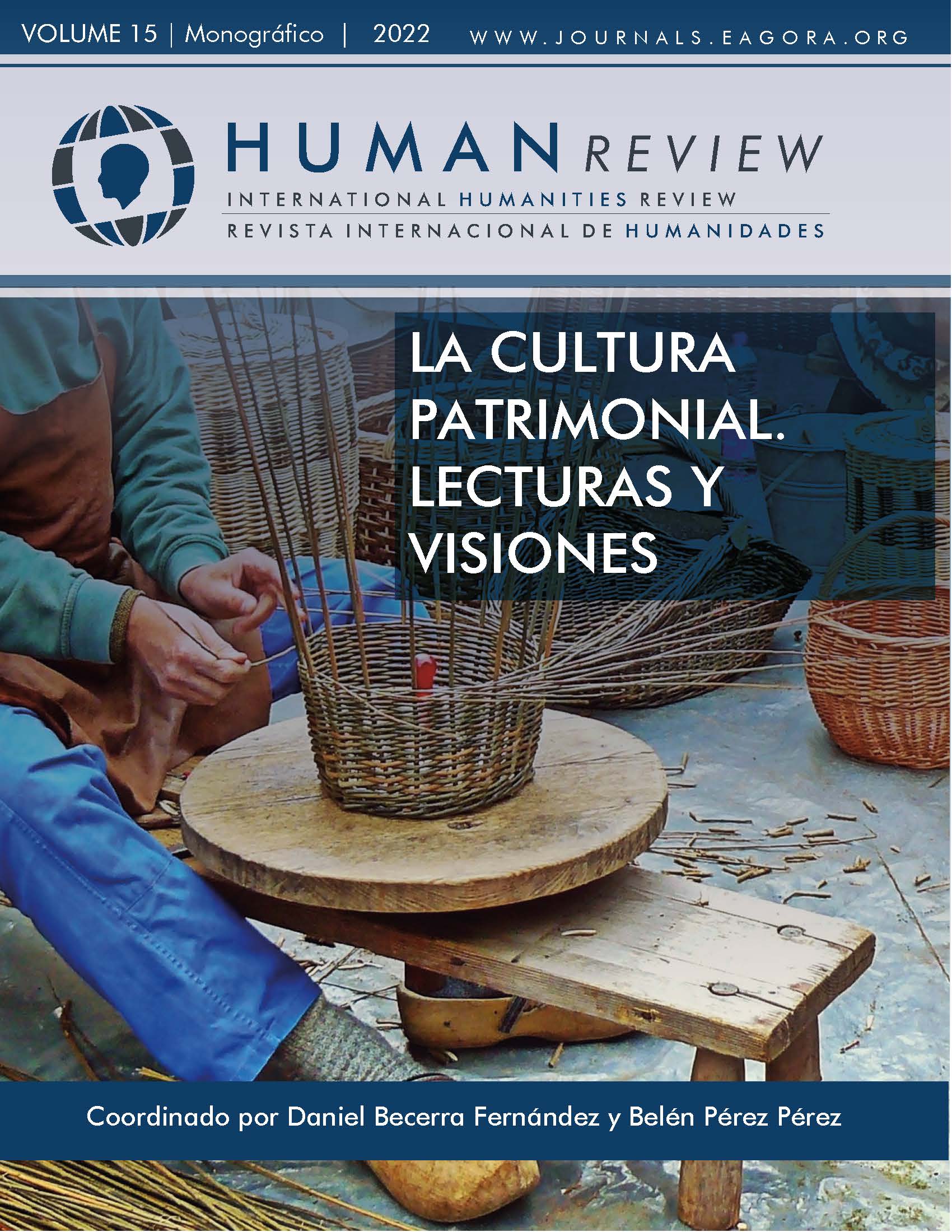The way of the nomad
Daily life of Atlixco through the photograph of Ralph H. Cake
DOI:
https://doi.org/10.37467/revhuman.v11.4277Keywords:
Cataloging, Daily life, Mexico, Photographic Background, Photographic file, Photographic Heritage, Visual MaterialsAbstract
In this work we present the process of ordering, cataloging and curating the photographic materials of an American anthropologist who carried out fieldwork in Atlixco, Puebla, Mexico, with indigenous people of the Nahua ethnic group in the 1970s and 1980s.
The methodology used for this work was based on an own proposal of minimum cataloging of photographic materials.
We conclude that minimal cataloging is suitable for interoperability with international standards and is easy to apply in university and local archive contexts.
References
Acevedo, J. (2005). Retratos de la memoria. Alquimia Sistema Nacional de Fototecas, 24, 33-37. https://revistas.inah.gob.mx/index.php/alquimia/article/view/5352
Aguayo, F. & Martínez, J. (2012). Lineamientos para la descripción de fotografías (pp. 191-228). En F. Aguayo & L. Roca (Coord.), Investigación con imágenes. Usos y retos metodológicos. Instituto Mora. Aguayo, F. & Roca, L.(Coord.) (2005). Imágenes e Investigación Social. Instituto de Investigaciones José
María L. Mora / CONACYT.
Boadas, J. (2001). Patrimonio Fotográfico: estrategias para su gestión. CCG ediciones – Centre de
Recerca i Difusió de la Imatge (CRDI).
Burke, P. (2001). Visto y no visto. El uso de la imagen como documento histórico. Crítica.
Herrera, A. (2013). Manual de Archivística Básica: Gestión y Sistemas. Benemérita Autónoma de Puebla-Archivo Histórico Universitario.
Kemper, R. (2018). Estado y antropología en México y Estados Unidos: reflexiones sobre los Proyectos Tarascos. Relaciones Estudios de Historia y Sociedad, 32(128). doi:http://dx.doi.org/10.24901/rehs.v32i128.547
LAIS (Laboratorio Audiovisual de Investigación Social) (2014). Tejedores de imágenes. Propuestas
metodológicas de investigación y gestión del patrimonio fotográfico y audiovisual. Instituto
Mora/LAIS/Conacyt.
Mauad, A. M. (2005). Fotografía e Historia. Interfases (pp. 464-473). En F. Aguayo & L. Roca (Coord.), Imágenes e investigación social. Usos y retos metodológicos. Instituto Mora.
Muller Mitchell, J. (2016). Activista por los Trabajadores Migrantes. Ralph Harlan Cake Jr., ‘50. Stanford Magazine. https://stanfordmag.org/contents/activist-for-migrant-workers
Pérez, R. (2019). Atlixco: Un siglo fotográfico Volumen III. Rafael Cake Sherwood Charitable Trust.
Oregonian (16 de mayo de 2016). Ralph Cake Jr. 1928-2016. Oregon Life. https://obits.oregonlive.com/us/obituaries/oregon/name/ralph-cake-obituary?id=16101132
Salvador, A. (2015). Patrimonio Fotográfico. De la visibilidad a la gestión. TREA.
Secretaría de Economía. Dirección General de Normas. (2016). Documentos Fotográficos -Lineamientos para su Catalogación. (NMX-R-069-SCFI-2016).
Vázquez, V. (2017). Más allá del recuerdo: el uso de la fotografía en el pueblo totonaco. En M. Báez & G. Alvarez, O.Olhar in(com)formado: Teorias e práticas na antropologia visual. Editora UFG/ Gráfica UFG/ Editora daImprensa Universitária.
Referencias de obras clásicas:
Murdock, G. P., Instituto Indigenista Nacional (Guatemala), y Pan American Union. (1954). Guía para la clasificación de los datos culturales. Washington, D.C: Oficina de Ciencias Sociales, Departamento de Asuntos Culturales, Unión Panamericana. Consultado en: https://www.uam-antropologia.info/
Downloads
Published
How to Cite
Issue
Section
License
Those authors who publish in this journal accept the following terms:
- Authors will keep the moral right of the work and they will transfer the commercial rights.
- After 1 year from publication, the work shall thereafter be open access online on our website, but will retain copyright.
- In the event that the authors wish to assign an Creative Commons (CC) license, they may request it by writing to publishing@eagora.org









